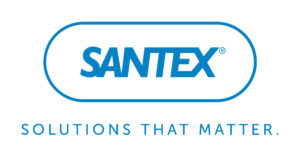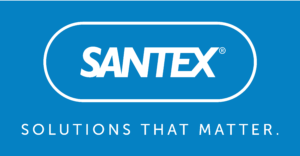
The Environmental Product Declaration or EPD® (Environmental Product Declaration) detects a company’s behavior towards sustainability.
It is a tool that is used to improve environmental communication between producers (B2B), and distributors and consumers (B2C). Thanks to it, it is possible to communicate objective, comparable and credible information relating to the environmental performance of products and services.
The main objective of an EPD is to offer relevant, verified and comparable info regarding the environmental impact of a product or service. In this way, companies have the opportunity to communicate their ideas and strategies to manage production while respecting the surrounding environment.
In order to improve the energy performance and environmental impact of the products, Santex has implemented and maintained a management system that complies with the requirements of the ISO 14040 and 14044 standards for the LCA (Life Cycle Assessment) and EPD® (Environmental Product Declaration) processes. ).
In compliance with these requirements, Santex undertakes to comply with environmental laws and a series of cardinal principles. The ultimate goal is to optimize every business aspect that may have an impact on the environment, on employees and on customers.
For this reason, we strive every day to monitor and improve every aspect related to the company’s activities, processes, products and/or services, but also to always take health and safety at the workplace into consideration.
In addition, we control and optimize the collection and use of natural and energy resources by minimizing, where technically possible, the production of waste.
Obtaining environmental certification also allows customers to make a more informed purchase: our adherence to the principles safeguarded by the EPD® is also aimed at guaranteeing the safety of our devices, which are designed and produced so that their use does not compromise patient safety and their clinical status.

